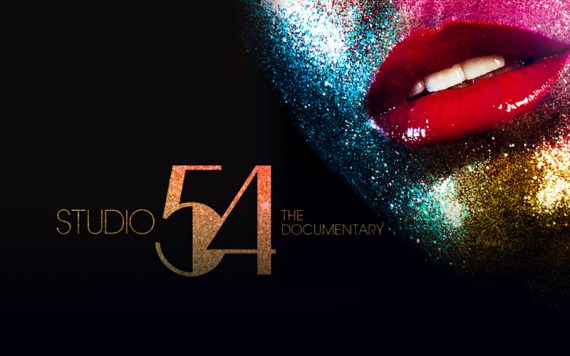‘Studio 54’ Review: Rise And Fall Of The World’s Most Famous Disco

‘Studio 54’ is a documentary by Matt Tyrnauer about the New York dance club sensation Studio 54, that led the disco craze in the mid-70s. The film is told in three acts; the creation of Studio 54, its unbelievable success, and the downfall of its two creators, Steve Rubell, and Ian Schrager.
Steve Rubell and Ian Schrager met while both were in college at Syracuse. Even though Schrager was an introvert and studious, and Rubell was an extrovert who loved to party, the two became lifelong friends. After college, Schrager became a lawyer, and when Rubell overextended himself trying to build a steakhouse chain, Schrager came to the rescue, getting the creditors off Rubell’s back. They then decided to go into business together, and Schrager sensed that the time was ripe for a nightclub that would be so over the top, it would astound patrons.
Rubell and Schrager found an old theatre that had last been the studios for CBS where a bunch of iconic 50s TV shows were broadcast from. The two men took a chance on the theatre because it was smack dab in the middle of what one interviewee calls ‘the slimiest section of New York,’ an area filled with porn theatres, prostitutes and pickpockets. When they could not get any reputable architect firm to work on the project, they went outside the box and hired Broadway set and lighting designers. The two didn’t bother with a building permit; instead, utilized stagehands from Broadway shows to work on what became a massive set.
The film does a great job right from the start, showing us how the theater was transformed into a magical nightclub that celebrities had to be seen in. Studio 54 was a huge hit right from opening night when crowds caused traffic to back up, and literally, thousands clambered to get in. Right from the start Rubell and Schrager courted celebrities and stars such as Bianca Jagger (Mick’s wife at the time), artist Andy Warhol, designer Ralph Lauren, actress Liza Minnelli, and the legendary Elizabeth Taylor became regulars of the club.
The film is filled with interesting and sometimes funny stories told by the people that either worked at the club or were frequent attendees. Rubell and his doorman would only let into the club a particular type of patron, someone who, in their opinion would class up the place or would make the experience of the club more interesting. One story is told that Mick Jagger and Keith Richards got into the club for free, but the rest of the Rolling Stones had to pay to get in.
Ian Schrager is the main interviewee (Rubell died of AIDS in 1989), his first in-depth interview since Rubell died. While reluctant to talk about a few items in the past, for the most part, Schrager is candid about what went down at Studio 54. The film does an exceptional job through news reports and the slew of pictures taken in the club (Studio 54 was all about the publicity and the more photographers in the club, the better) of showing what it was like in the club in its heyday. This film shows that Studio 54 was its own little world, where gay and trans people felt safe to express themselves and their lifestyle, and where celebrities went to be seen, which the film points out was really the start of the current celebrity status in the U.S.
‘Studio 54’ is not only about the rise of Rubell and Schrager, but its also about their fall from grace. The movie shows that the club was so successful, that the pair thought they could get away with anything. For about a year, the club didn’t have a liquor license but used a loophole, where they would file for a caterer license every day to get around it. The city figured this out and shut them down for a few weeks. The film shows us that Rubell, to keep his celebrity clients happy would do just about anything for them, including supplying them with drugs.
Their eventual downfall was through the IRS. The two, along with a third investor, skimmed money off the books. In two years, the three skimmed two and a half million dollars. Why did they do it? Because they got caught up in the fame and were sure that they were above the law. The film details their prosecution, which the two continued to be arrogant until they both got prison terms.
‘Studio 54’ gives us an inside look at the running of a club that will probably never be replicated in a time when disco was king and Studio 54 ruled over New York. While the film isn’t a great film, much like a night at Studio 54, you have fun experiencing the workings of the club. But like a night at Studio 54, you just might not remember much of the film after you leave it.
My Rating: Bargain Matinee
Mike’s movie rating system from best to worst:
1). I Would Pay to See it Again
2). Full Price
3). Bargain Matinee
4). Cable
5). You Would Have to Pay Me to See it Again


Responses